- Overview
- Symptoms & Types
- Tests & Diagnosis
- Treatment
- Appointment Prep
- View Full Guide
10 Worst Cities for Spring Allergies

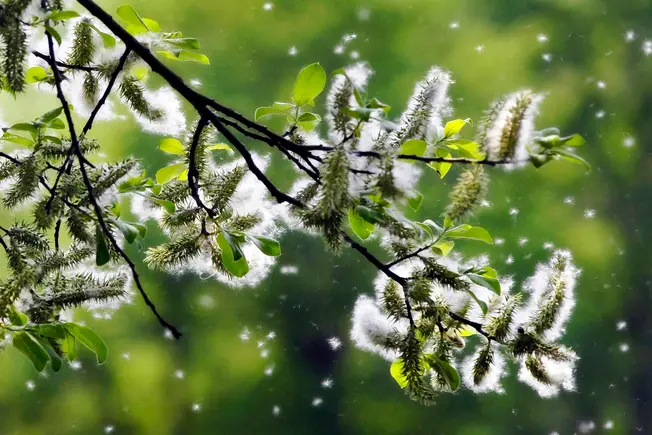
America’s Allergy Capitals
Every year, the Asthma and Allergy Foundation of America grades U.S. cities on how hard it is for people with allergies to live there. Places that top the rankings score high on pollen counts and allergy medicine use, and low on available allergy doctors. Did your hometown make the list?

No. 10: Albany, NY
Thanks to a warming climate, this historic seaport has seen spring bloom earlier in recent years, compared to a decade ago. But things may be improving -- Bridgeport debuted on the top 10 list last year at No. 8.
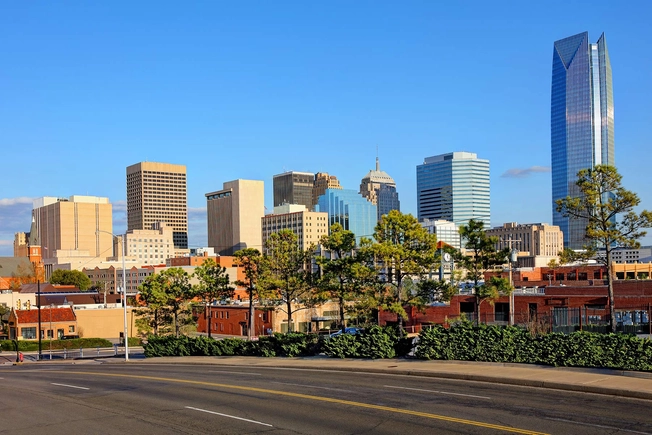
No. 9: Oklahoma City
Oklahoma is where the winds sweep down the plains, along with the things that make you sneeze. The state capital ranks ninth in part because of its perfect allergy-promoting conditions. OKC’s climate is just right for allergens to multiply, and the blustery weather keeps those allergens afloat and in your face.
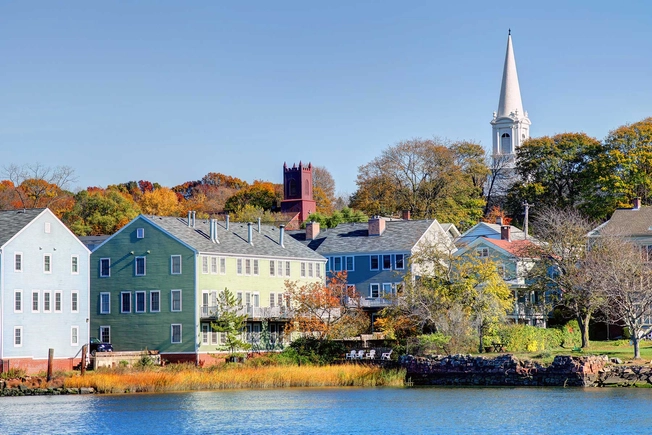
No. 8: New Haven, CT
Despite its coastal location, Yale University’s hometown has a double whammy of both high pollen counts and poor air quality. But things are getting a little better -- New Haven is down from last year’s sixth spot ranking.
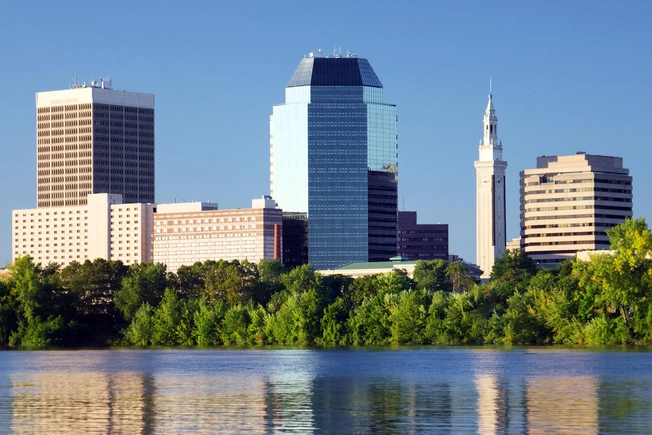
No 7: Springfield, MA
If you come to visit the Basketball Hall of Fame, bring your tissues. Springfield sits in a valley, which means it gathers up all the allergens and air pollution into one sniffly, sneezy spot. Carbon dioxide hangs around longer, too, helping allergens thrive.
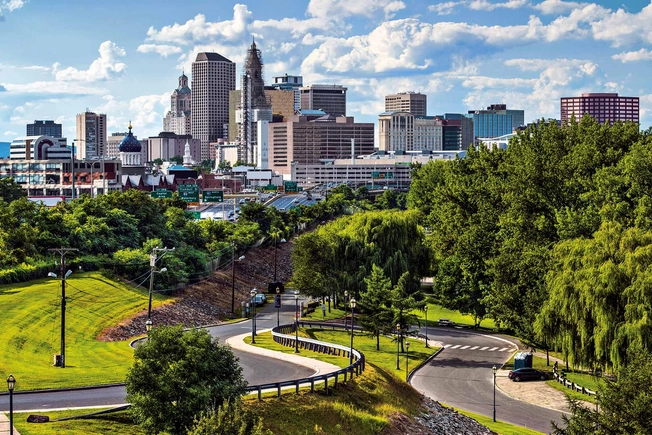
No. 6: Hartford, CT
Dating to 1635, Connecticut’s capital is rich with history -- and allergy causing trees. Oak, ash, elm, maple, and birch all flourish here. This puts Hartford on the list of worst cities for asthma, too.
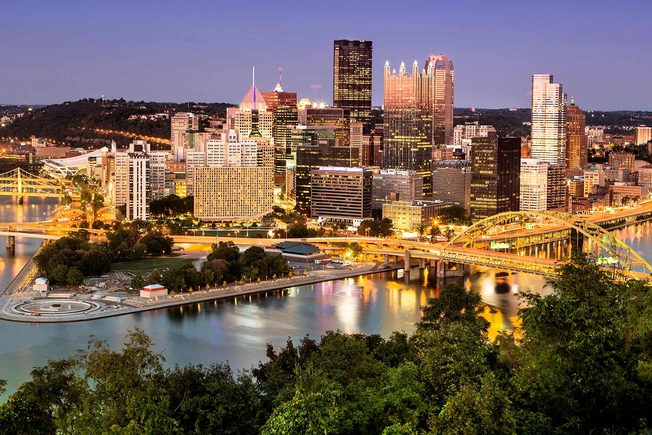
No. 5: Pittsburgh, PA
Pittsburgh is famous for its three rivers and the almost 500 bridges that cross them. It’s also home to plenty of pollen-producing trees, like elm, Eastern red cedars, and box elders. That helps make it the nation’s 16th most polluted city when it comes to daily spikes in particle pollution -- that nasty mix of solids and liquids you’ll find in exhaust from cars and factories.
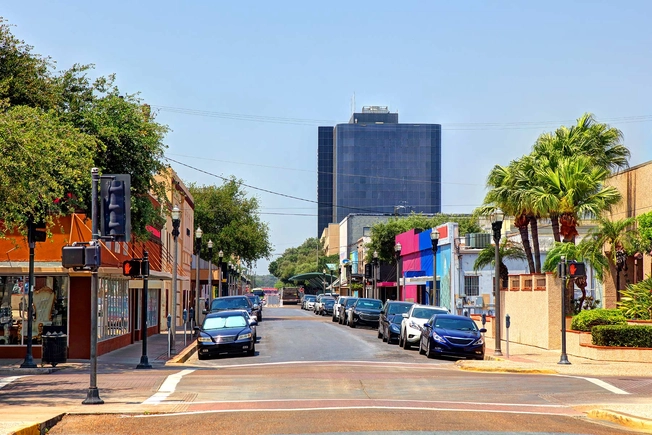
No. 4: McAllen, TX
Residents of this south Texas city on the Rio Grande can breathe easier this year -- but only a little. McAllen drops to No. 5 from its No. 1 spot in 2019. Dry cold fronts bring mountain cedar pollen -- one of central Texas’s worst allergens -- into town each year. Add that to the city’s own pollen counts, and an average annual rainfall of only 22 inches, and you’ve got a recipe for fierce allergy flares.
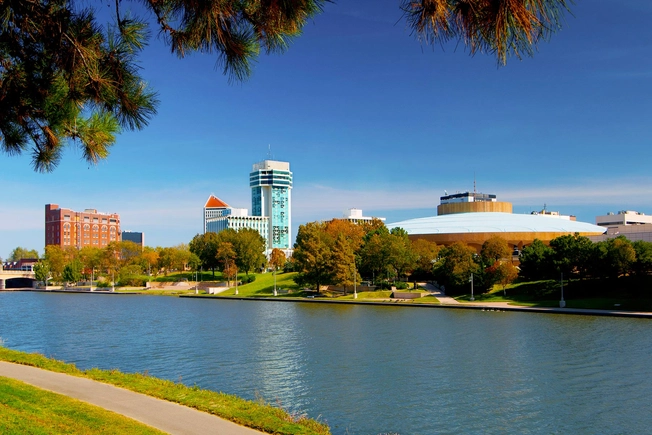
No. 3: Wichita, KS
Rising spring temperatures have led to a longer-than-usual growing season -- and more pollen -- in many cities. In Wichita, this brought higher numbers of over-the-counter allergy medicine sales. And that vaulted the former cattle market town from 83rd in last year’s rankings to the near the top of this year’s list.
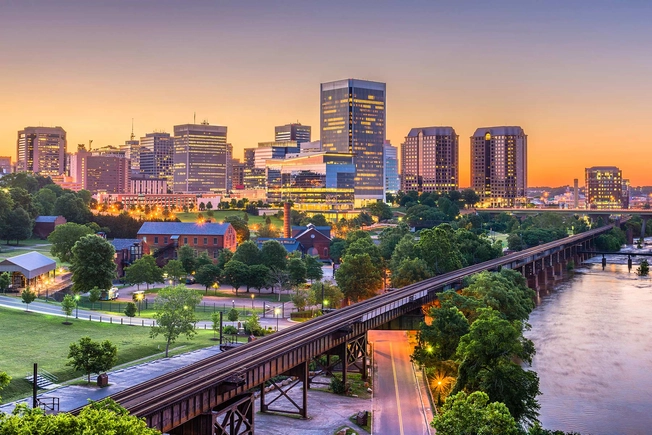
No. 2: Richmond, VA
Richmond residents may be breathing a little easier this year -- their town is down one spot from last year’s top ranking. But its triple threat -- soaring pollen counts, higher-than-average allergy medicine use, and fewer allergists than average -- still means plenty of allergy woes when spring rolls around.
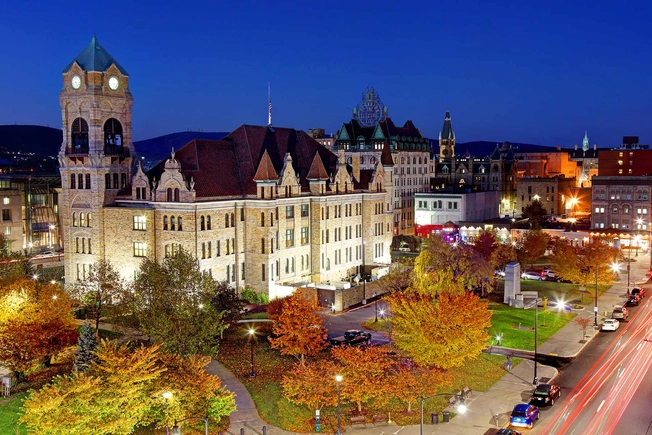
No. 1: Scranton, PA
Rich in railway and mining history, this eastern Pennsylvania city scored a perfect 100 to take the top spot on this year’s list. Birch trees, a leading cause of allergies, grow well in Scranton’s coal banks. Tree and grass pollen seasons also overlap, making the sneeze season longer and more intense.
IMAGES PROVIDED BY:
1) Alkimson / Getty Images
2) DenisTangneyJr / Getty Images
3) DenisTangneyJr / Getty Images
4) DenisTangneyJr / Getty Images
5) DenisTangneyJr / Getty Images
6) SeanPavonePhoto / Getty Images
7) Pgiam / Getty Images
8) DenisTangneyJr / Getty Images
9) John Coletti / Getty Images
10) Sean Pavone / Getty Images
11) DenisTangneyJr / Getty Images
SOURCES:
Asthma and Allergy Foundation of America: “2020 Allergy Capitals,” “2021 Allergy Capitals,” “Air Pollution.”
News release, Asthma and Allergy Foundation of America.
American Academy of Allergy, Asthma, and Immunology: “National Allergy Bureau Pollen And Mold Report.”
American Lung Association: “Ozone,” “Particle Pollution,” “State of the Air.”
Oklahoma Medical Research Foundation: “Oklahoma among the worst spots for fall allergy sufferers.”
NBC Connecticut: “Early Spring Allergies In Connecticut & Knowing the Difference Between COVID-19.”
KRGV Broadcasting: “Expert Explains How Weather Raises Pollen Levels and Worsens Seasonal Allergies.”
Texas MedClinic: “Symptoms and Remedies for Cedar Fever.”
U.S. Climate Data: “McAllen, Texas.”
Hartford.gov: “Fun Facts.”
Hartford Courant: “Connecticut Spring Allergies: Top Causes and Solutions.”
Western Mass News: “Springfield ranked among top for most challenging for spring allergies.”
The Greater Scranton Chamber of Commerce: “Our History.”
The Citizens’ Voice: “Scranton/Wilkes-Barre one of most challenging areas for spring allergy sufferers.”
Virginia Tourism Corporation: “Historic Sites Virginia State Capitol.”
Wichita Regional Chamber of Commerce: “History of Wichita.”
The Wichita Eagle: “Wichita ranks 3rd in nation for allergies. Climate change is making it worse.”